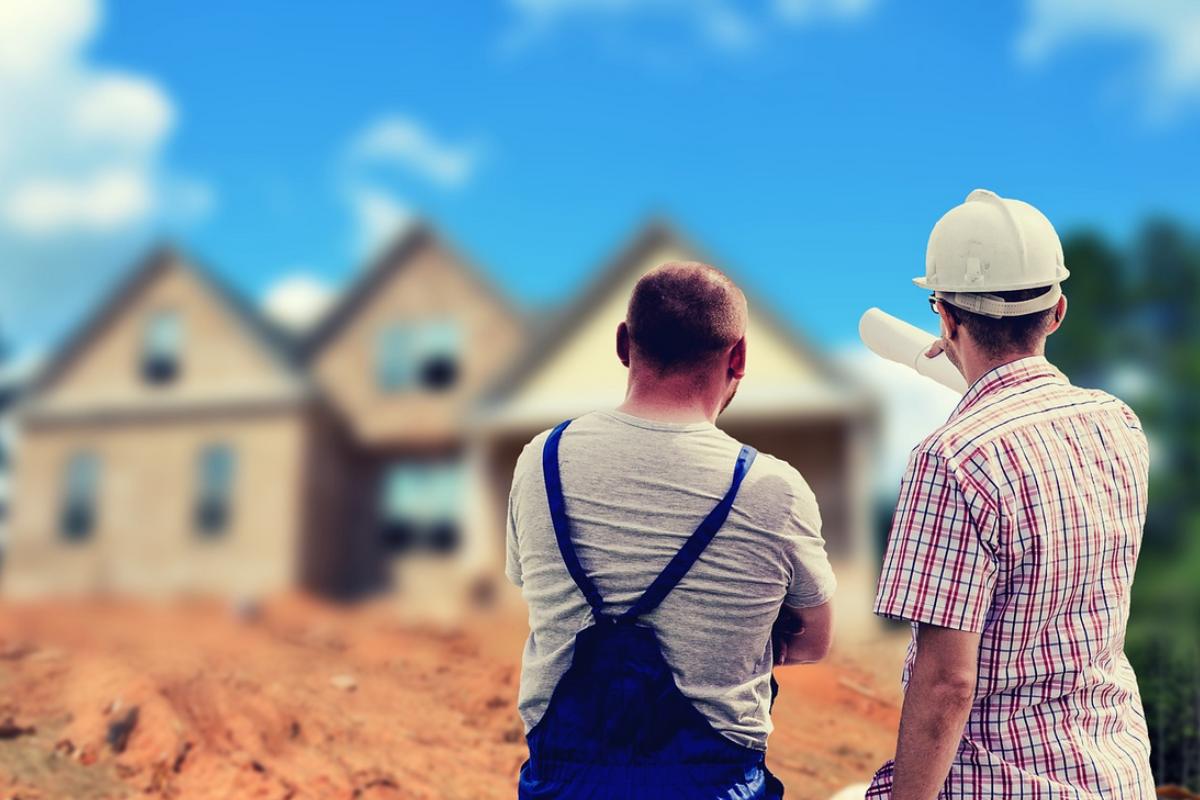Your home’s foundation is perhaps the most critical component of its structure. The bedrock supports everything else, and any arising problems can lead to significant damage. To keep your home sound, you must understand foundation inspections and repairs.
Read on to learn the process of foundation inspections.
Identifying Signs of Foundation Issues
Foundation inspections typically begin with a visual examination of the exterior and interior areas of the home. Here are some signs that may indicate a potential foundation problem:
- Cracks in walls, floors, or ceilings
- Doors or windows
- Sloping or uneven floors
- Separation between walls
- Gaps around doors
A foundation repair specialist will carefully examine these signs. They will find out how bad any issues are and suggest needed repairs or solutions. They may also use specialized equipment such as a level or laser to measure any changes in the foundation’s slope accurately.
Soil Conditions
The type of soil your home is built on can have a significant impact on its foundation. For example, clay soil is more prone to expand and shrink due to changes in moisture. This can cause the foundation to shift and crack.
On the other hand, sandy soil is less stable and may require additional support systems. A specialist will evaluate the soil around your home. They will see if any foundation work is needed.
Drainage Evaluation
Improper drainage can also lead to foundation issues. Excess water around the foundation can cause soil erosion, creating gaps or voids that compromise stability.
During a foundation inspection, the specialist may check for basement leaks. They also look for standing water in the yard and other signs of poor drainage.
They will then make recommendations for correcting any drainage problems. This may include adding downspout extensions.
Professional inspection services may also suggest a routine maintenance schedule for keeping gutters clean and ensuring proper drainage. They may also recommend watering methods that reduce soil movement.
Foundation Repair Methods
A specialist may recommend several repair methods if issues are found during the inspection. Some common techniques include:
- Installing steel piers
- Mudjacking or foam injection
The best repair method will depend on the specific issues and severity of damage to the foundation. A good foundation repair company will thoroughly explain the recommended solution. They will give a detailed cost estimate and answer any questions.
Monitoring and Maintenance Post-Repair
Even after repairs are completed, ongoing monitoring and maintenance are crucial to ensure the foundation’s longevity. Homeowners should inspect their foundations often. They should look for new signs of distress.
Also, schedule regular foundation inspections. Do them at least every few years.
They can catch problems early and prevent costly repairs later. Homeowners should also follow any specific foundation maintenance recommendations from the foundation repair specialist.
Understanding the Cost Factors
Repair costs for foundations can vary widely. They depend on the severity of the issues, the repair methods used, the property’s location, and local labor rates.
Some factors affect the cost of foundation repair, including the depth of piers, the material for mud jacking or foam injection, the complexity of installing drainage systems, and renting a digger.
Homeowners need to obtain multiple quotes from reputable foundation repair companies to ensure fair pricing.
Conducting Professional Foundation Inspections
Foundation inspections are crucial for maintaining your home’s structural integrity. Remember, regular maintenance and monitoring are essential to preventing future problems and ensuring the longevity of your home’s foundation. As a responsible homeowner, remember this knowledge and take steps to maintain a solid foundation for your beloved home.






